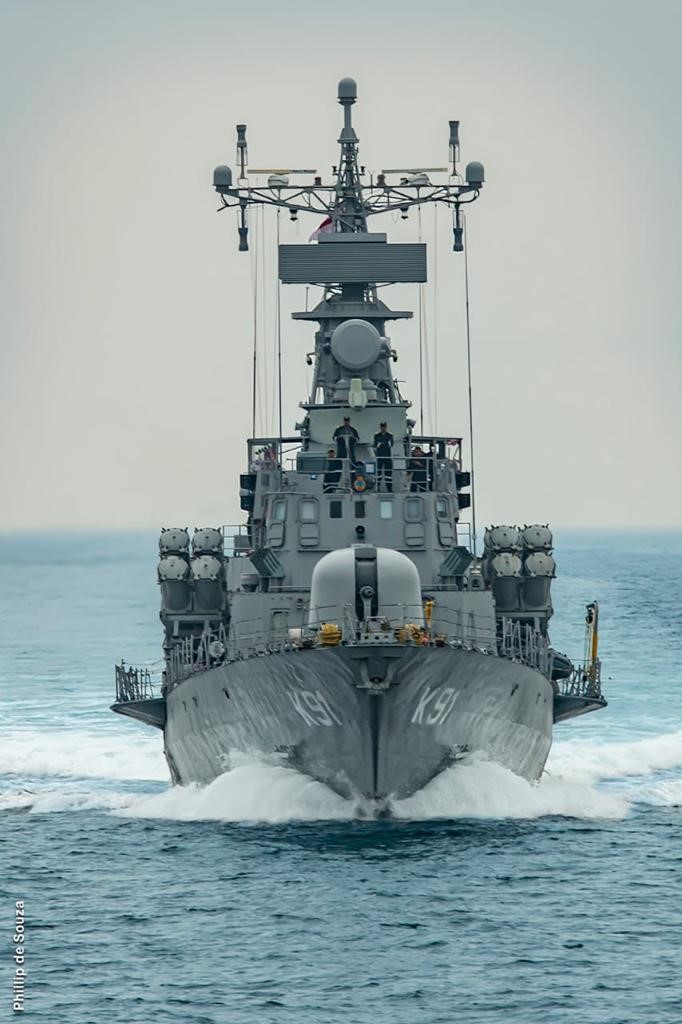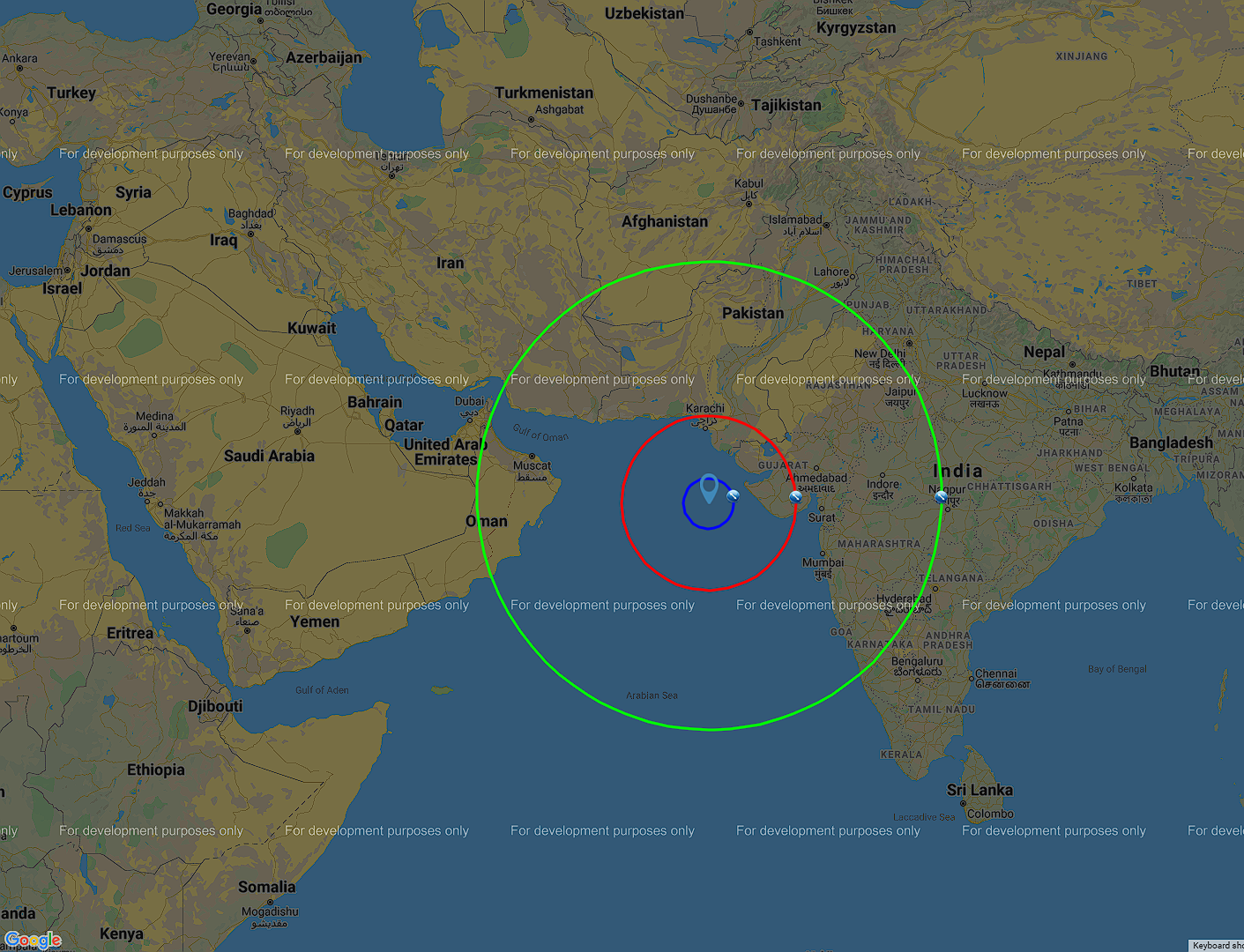Rebirth of the Indian Navy’s ‘Killers’
- In Military & Strategic Affairs
- 11:50 PM, Jan 05, 2022
- Soumik Pyne
Something not commonly known is that the Indian Navy’s first near encounter with missile boats was adversarial. During the 1965 war, Pakistan sought support from Indonesia and Jakarta had actually dispatched a few missile boats and a submarine to help the Pakistani Navy. But the conflict ended before the Indonesian support could enter the fray.
This experience was a wakeup call for India because till 1965 India had no major Naval presence in the Bay of Bengal. Then the USSR first came to our support. A new Naval base was built in Visakhapatnam. An entirely new fleet comprising of Five submarine chasers, two landing ships, five patrol boats, four submarines, a submarine depot ship, a submarine rescue vessel, and eight missile boats were acquired from Russia. These vessels were to be all based in Visakhapatnam since India was also engaged in the construction of Leander class Frigates at Mumbai with British support then. The British and Russians both wanted to hide their technologies from each other.
These Eight Vidyut class (OSA Mk1) missile boats gave the Indian Navy its greatest moments of Triumph during the 1971 war. On December 4-5 three vessels- the INS Nipat, INS Nirghat and INS Veer attacked Karachi Harbour and escaped unscathed after sinking one Pakistani Destroyer and badly damaging another which was subsequently scrapped. This task force also sank a Pakistani Minesweeper and the MV Venus Challenger apart from setting Karachi on fire.
This overwhelming firepower created fear psychosis in the PN (Pakistan Navy) elite to such an extent that when a 2nd task force comprising one Missile boat the INS Vinash along with frigates INS Trishul & INS Talwar approached Karachi Harbor on the 8th of December, the INS Trishul’s electronic surveillance detected that the Pakistani radar had stopped rotating. It was directed straight at the group, confirming that it had been detected. Surprise had indeed been lost. But the supremacy of the IN was such that no Pakistani warship or aircraft was sent to sea to challenge the group nor did they face any opposition from the Harbor defenses. This Task force sank a Pakistani Patrol craft and destroyed two merchant vessels the Panama registered SS Gulf Star and the British Vessel SS Harmattan. Apart from these the PN tanker Dacca was put out of commission and the fuel tank at Karachi was set on fire yet again.
These early successes saw the missile boat fleet grew from 8 to 16 with the addition of another 8 Chamak class Missile Boats between 1975-1977, earlier these were a variant of the Soviet Moskit class. The 1980’s, 90’s and early 2000’s saw a reconstitution of the missile boat fleet with the indigenously manufactured (with soviet design and equipment) Kora,Veer and Khukri class vessels entering the fray. The Indian Navy currently deploys 15 missile boats all built in India between 1986-2015. These vessels armed with P-15 Termit and Kh-35 Uran Ashms currently form the missile boat squadron in service as on date.
The Khukri and Veer class of boats are now well on their way to retirement and another major augmentation of the Missile boat fleet is just beginning. The Indian Navy released an RFI (Request for Information) for six Next Generation Missile Vessels (NGMV) to Indian Yards in 2015. This contract was awarded in February 2021 to the Cochin Shipyard Limited (CSL) for a total value of Rs 10,000crore ($1.3Bn). The first metal cutting of these vessels will begin later in 2022. Though no official schedule has yet been released first deliveries are expected no later than 2024.
These will be the first missile boats built in India to use a weapons package completely manufactured in the country. Variants of this initial design should go on to replace the Kora class vessels in due time as well. However, the final configurations of the Cochin shipyard design have still not been made public.
Most analysts were expecting the GRSE (Garden Reach Shipbuilders Engineers Limited) or GSL to win the tender given they had manufactured the Kora, Khukuri and Veer class vessels. Earlier, also these yards had missile boat versions of their Kamorta and Saryu class designs ready which had also been presented for international tenders as well. CSL in contrast, has never manufactured a missile vessel earlier. Hence, the NGMVs will likely be a greenfield design either developed entirely by CSL itself or with support from its international warship manufacturing partners Fincianteri or USC of Russia.

Basic comparison of Global NGMV designs with respect to Indian Navy RFI
While the design of the NGMV is not known apart from the assertion that it will be a stealthy design the sensor and weapon fit can easily be estimated from similar indigenous fitment seen on the Kamorta and Shivalik class vessels. The basic specifications as per the RFI call for a 2500T vessel with a range of around 2800nm with a weapon fitment of a Medium Range Gun, 8 Anti-ship/ land attack missiles along with a point defense SAM system (Surface to Air Missile) and CIWS (Close in Weapon System). This means that the NGMV will likely come with a BEL manufactured 76mm SRGM, 8cell VLS with Brahmos/LRLACM & AK630 based CIWS manufactured in India.
The SAM system is likely to be a 16cell set of the VL-SRSAM currently under development. The Sensor package is likely to be based around the Israeli EL/M 2238 STAR multi-purpose air and surface search radar that is already being used to upgrade the existing missile boat armada with the rest of the fit being the same as the Kamorta.

Image of INS Pralaya, a Veer class missile boat - released by the Indian Navy, significantly upgraded with an Israeli EL/M 2238 STAR multi-purpose air and surface search radar in addition to a BEL Lynx U1 fire control radar.
The NGMV equipped with Brahmos & LRLACM (Long Range Land Attack Cruise Missile) shall for all intents and purposes play a far greater strategic role than its predecessors in the Missile Boat Armada by virtue of its far more powerful armament and far greater reach. Also, unlike the missile boats operated by the IN to this day the inclusion of a dedicated SAM system should see an additional point air defense role come up as well. As the PLAN grows in size and contests the IN for control of the IOR, the sea denial capabilities of compact missile boat squadrons shall gain far more importance than they do currently. It is likely that we can see the missile boat forces grow far larger in numbers than they are now in response. In conclusion the “Killers” that shook Karachi are coming back bigger, meaner and with increased killing power to boot.

Image showing Reach difference between NGMV & current Missile boats; Blue-130km Kh-35 on current vessels; Red- 450km Brahmos;Green- 1200km LRLACM
Image source: Defenseworld.net







Comments